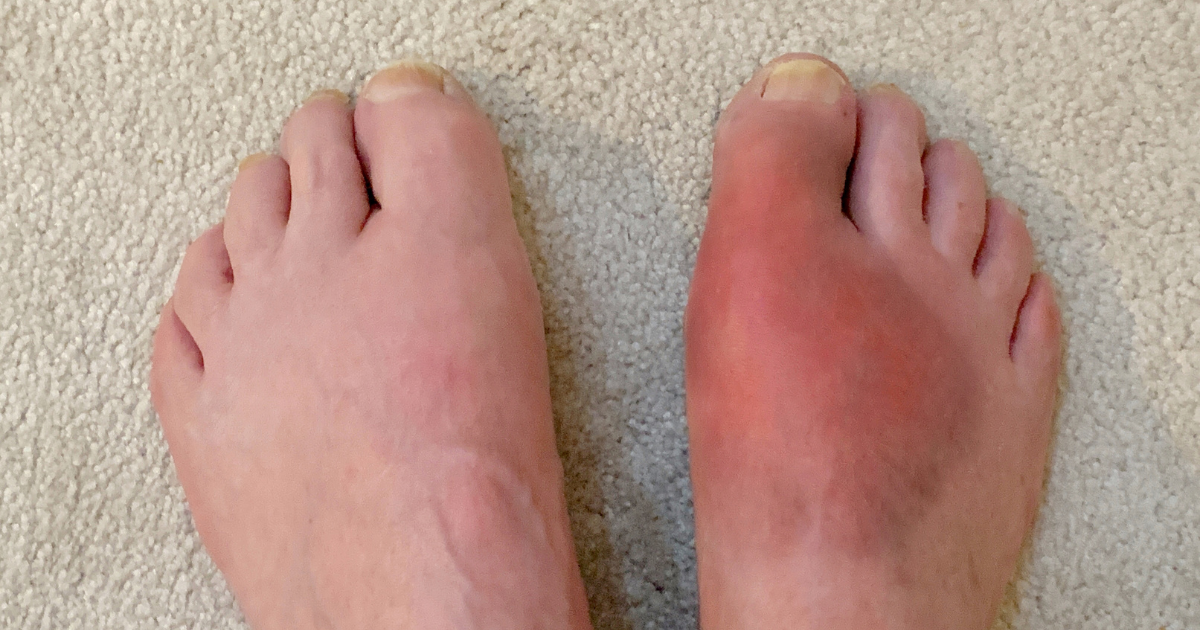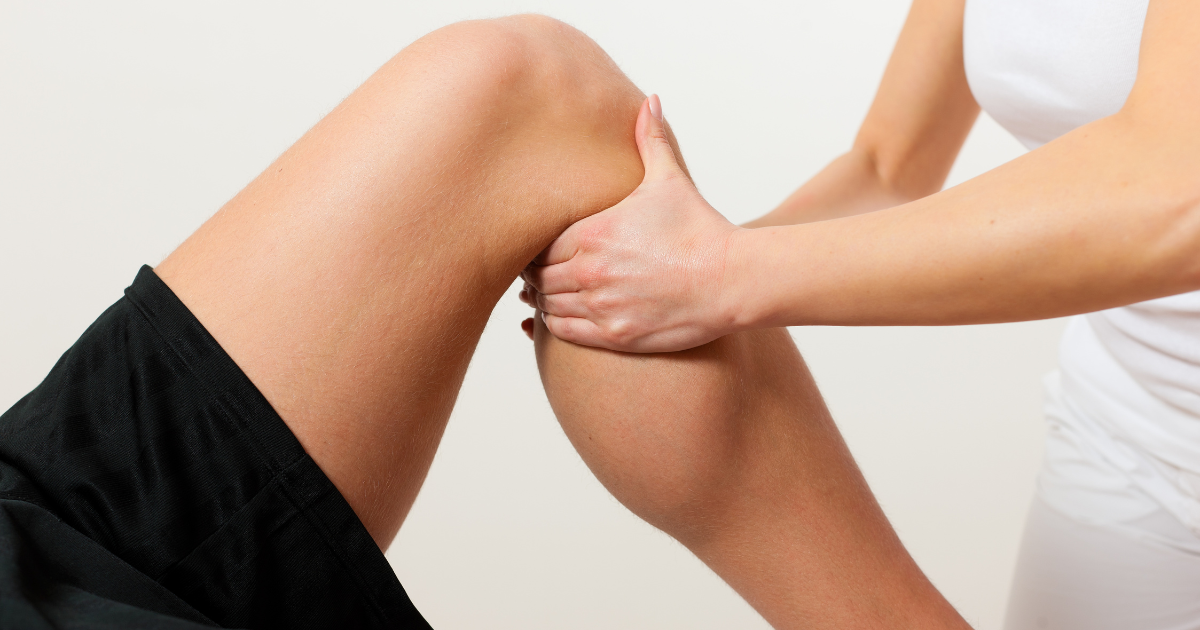Introduction
Gout has long been considered a condition that mainly affects men. However, recent studies show that gout in women is not only real but also comes with unique challenges. While men are more likely to be diagnosed at a younger age, women—especially after menopause—face a rising risk. This blog explores how gout manifests differently in women and how understanding these differences can lead to better treatment and prevention.
What is Gout?
Gout is a type of inflammatory arthritis caused by high uric acid levels in the blood. When the body produces too much uric acid or cannot eliminate it effectively, it forms sharp crystals in the joints, leading to sudden and painful flares.
Why Gout in Women is Different
1. Later Onset in Women
Gout typically affects men between the ages of 30 and 50. However, women usually don’t develop gout until after menopause, when estrogen levels drop. Estrogen helps eliminate uric acid, so its decline increases the risk.
2. Different Symptom Presentation
Men often experience gout flares in the big toe (podagra), while women may have more generalized symptoms like joint pain in the fingers, wrists, or knees, which can be mistaken for other types of arthritis such as rheumatoid arthritis or osteoarthritis.
3. Underdiagnosis in Women
Because gout is stereotypically seen as a “man’s disease,” women are often misdiagnosed or diagnosed later, delaying effective treatment.
4. Risk Factors Vary
While obesity and alcohol are strong triggers for both genders, diuretics (water pills), kidney issues, and high blood pressure are more common causes in women. Postmenopausal women using certain medications may also be at higher risk.
How Gout Affects Women’s Health
- Quality of Life: Chronic pain and flares affect mobility, mood, and sleep.
- Joint Damage: Untreated gout can cause permanent joint damage.
- Heart and Kidney Risk: Women with gout have an increased risk of cardiovascular disease and chronic kidney disease.
Treatment Options for Women with Gout
- Medications: Allopurinol, febuxostat, and colchicine help lower uric acid and manage inflammation.
- Lifestyle Adjustments: Weight management, reduced alcohol intake, and regular hydration.
- Dietary Changes: Low-purine diet, especially avoiding red meat, shellfish, and sugary drinks.
- Menopause Management: In some cases, hormone therapy might help lower gout risk.
Diet Tips for Women with Gout
- Eat more: Low-fat dairy, whole grains, cherries, and leafy greens.
- Avoid: High-purine foods like liver, anchovies, beer, and soda.
- Stay hydrated: Helps flush excess uric acid from the body.
Frequently Asked Questions (FAQ)
Q: Can women get gout before menopause?
A: It’s rare but possible. Women with kidney issues, obesity, or a family history of gout are at greater risk.
Q: Does menopause increase the risk of gout?
A: Yes. Estrogen helps eliminate uric acid, and its levels fall after menopause, increasing the risk.
Q: Are gout treatments different for women?
A: Not in medication, but treatment may be adjusted based on menopausal status, kidney function, and other health conditions.
Conclusion
While gout in women may appear later and differently than in men, it’s no less serious. Understanding these distinctions helps in early diagnosis and better treatment. If you’re a woman experiencing unexplained joint pain or swelling, don’t dismiss it—gout might be the cause. Early medical attention, a balanced diet, and lifestyle adjustments can make a big difference.





